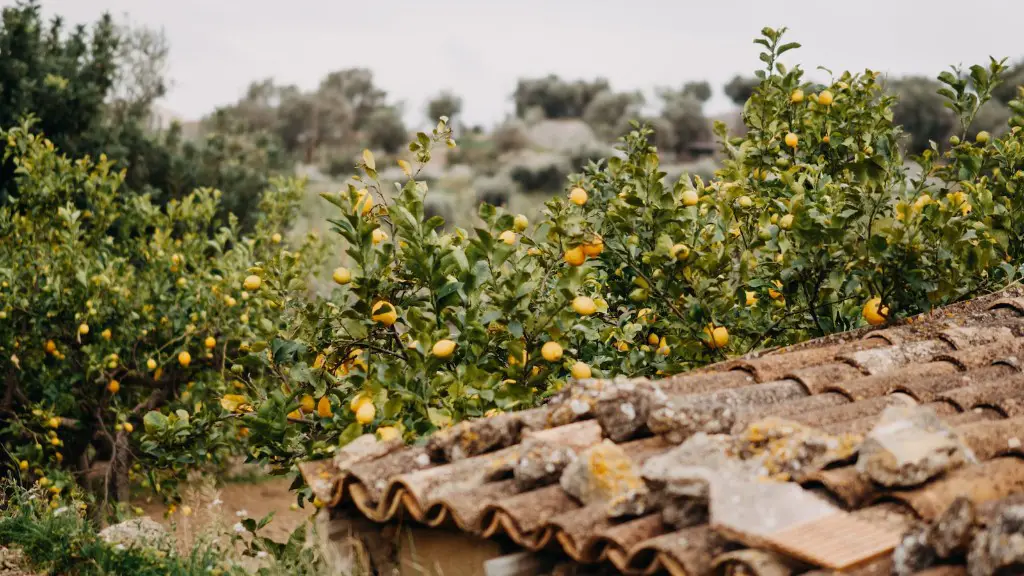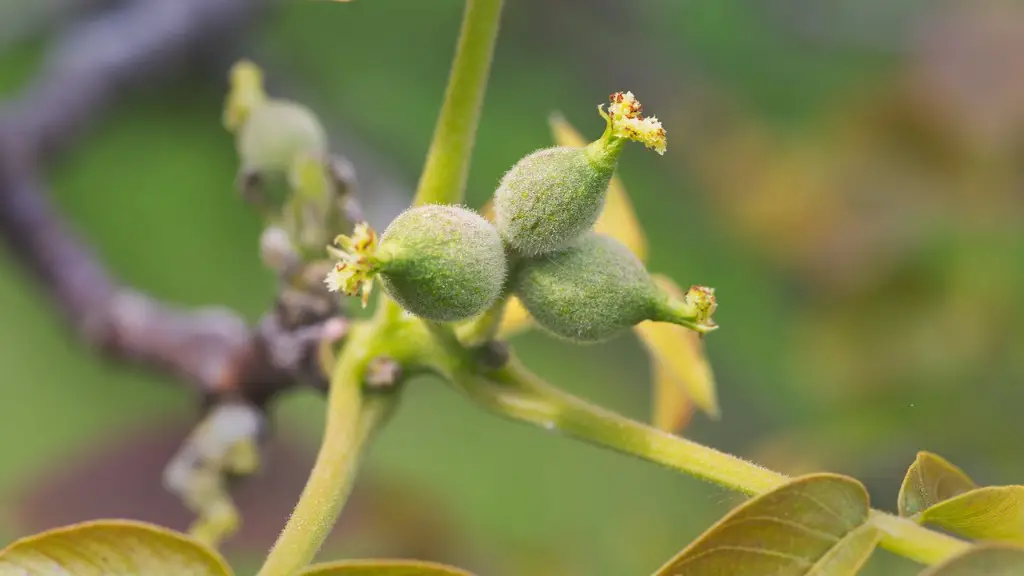Avocado trees may look like their fruit-producing counterparts such as apple and orange trees, but the truth is they take much longer to bear fruit. The exact timeline can depend on a number of factors, including the type of tree, the environment it’s grown in, and the type of care given to it. In an ideal situation, homeowners can expect their avocado tree to yield bold and buttery avocados within two to four years.
It starts with the tree’s root system. An avocado tree needs at least six months of growth and stout, established roots before it can produce flowers. Once that root system is established, the tree needs access to direct sunlight for about 6-8 hours each day and a consistently warm climate with temperatures that rarely dip below 40 degrees Fahrenheit.
A typical avocado tree needs to grow from anywhere between 2 to 5 years before it’s mature enough to produce fruit. As the tree begins to reach maturity, it will produce flowers.The flowers have both male and female parts, meaning they’re able to self-pollinate. This can lead to fruit production as soon as four months after the initial flowering.
But don’t expect to be eating those precious avocados just yet. The fruit will take a further 6 to 8 months to fully ripen. Bearing all that in mind, it can take up to two years from the initial planting of an avocado tree before the fruit is ready to be harvested.
The timeline is longer if you’re planting a grafted avocado tree. Grafted trees have already been trained to produce fruit, which means they’re ahead of the game. But, the trade-off is the time it takes trees to get established and get up to the right height. A grafted tree can take up to four years to bear fruit.
Most regions need warm climates and long, hot summers in order for avocado trees to reach full maturity. Cities with Mediterranean climates, like San Francisco, Los Angeles, and Houston, are home to most of the country’s avocado trees. This explains why, traditionally, homeowners in these climates plant their trees outside, whereas in cooler climates, the trees are normally grown indoors and are much smaller.
Besides the climate, the tree-type also plays a major role in the process. The most commonly grown avocado tree is the ‘Hass’ variety, which is well adapted to a variety of climates and will generally bear fruit within two to four years of being planted. Other popular varieties include ‘Fuerte’ and ‘Bacon’.
Climate
It goes without saying that the climate plays an important role in the length of time it takes an avocado tree to bear fruit. Cooler climates tend to delay the process as the tree needs longer, warmer summers in order to reach full maturity. In these regions, the trees will often take years – up to five or six – to reach full maturity, depending on the variety. In regions that experience tropical climates, the trees will reach full maturity much quicker.
The amount of sunshine the tree gets is also important. Avocado trees prefer well-drained, loamy soils, located in sunny areas to encourage flowering and fruiting. To get the most out of their growing season, avocado trees need at least 6-8 hours of direct sunlight each day.
It’s important for homeowners to understand the importance of soil testing before planting. Some types of soil can contain too much salt, acid, or nitrogen for an avocado tree to survive. These are just a few of the issues that could affect an avocado tree’s growth and its ability to yield fruit.
Maintenance
Avocado trees are not difficult to take care of, however they do need a few tweaks in order to make sure they do grow properly.These include:
- Ensuring regular watering during the tree’s first year of growth.
- Using a liquid fertilizer every other month during the tree’s first year after planting.
- Pruning the tree to improve air circulation and ensure strong, healthy growth.
- Providing protection from extreme temperatures, strong winds, and pests.
- Checking for nutrient deficiencies and correcting them with tailored fertilizers.
Tree Type
The most important factor when it comes to how long it takes an avocado tree to bear fruit, is the type of tree itself. While avocados trees of all types take at least two years to bear fruit, some varieties will fruit much sooner than others. The most popular variety of avocado tree is the ‘Hass’, which is known to bear fruit within two to four years of being planted. Other popular varieties include ‘Fuerte’ and ‘Bacon’, but these tend to take longer to bear fruit, up to six or seven years.
For those who are looking to plant an avocado tree but aren’t sure what type of tree to go with, their best bet is to look into their local nurseries. Nurseries tend to carry a variety of types, and they should be able to help you find the best tree for your climate and your needs.
Harvesting
When it comes time to start harvesting the fruit, it is important to know how to do so without damaging the tree. Avocados are delicate and should never be forced from the tree. Instead, fruits should be gently twisted, rather than pulled, from their stems. This can also prevent early fruit dropping, which often happens due to being tugged off the tree before they’re ready.
It is also important to rotate fruit harvesting throughout the year. Avocados are best harvested when they are small, firm, and green. As they ripen, they will fall of the tree, and you should work to collect them before pests or heat damage the crop. If you harvest too many all at once, it can create a large ripening cycle and prevent future fruiting from occurring.
Fertilizers
One of the most important things to consider when growing an avocado tree is the type of fertilizer being used. While fertilizer isn’t necessary for every tree, it can be essential for some. Avocado trees need a certain amount of potassium and phosphorous in order to produce a bountiful harvest, and these are two vital ingredients that can sometimes be lacking in soil. Applying a fertilizer regularly can help to replenish needed nutrients and get the tree producing fruit sooner.
Organic options are best, as they are free of harmful chemicals and are usually easier on the environment. However, it is important to note that organic fertilizer may not be enough, especially in soil with poor drainage. In these cases, a synthetic fertilizer may be needed to give the tree the boost it needs to reach its full potential.
Growing Conditions
Avocado trees are fussy and require a lot from their growers. They need the right level of light, temperature, and humidity in order to thrive, and this is often hard to manage for those who live in colder climates. For this reason, most cooler-climate avocado trees are grown indoors, which can extend the timing of fruit production as the tree will struggle to get enough hours of direct sunlight. It is also important to note that indoor trees can still require a lot of maintenance – from re-potting, to pruning and repositioning the plant. If the tree isn’t getting enough light, this can further extend the duration of fruiting.
Another thing to consider is moisture levels. Avocado trees prefer moist soil, but they do not like water-logged soil. It is important to not overwater the tree, but rather make sure it has consistent access to moist soil. If soil is too dry, it can delay the time that it takes for the tree to reach full maturity and start producing fruit.


